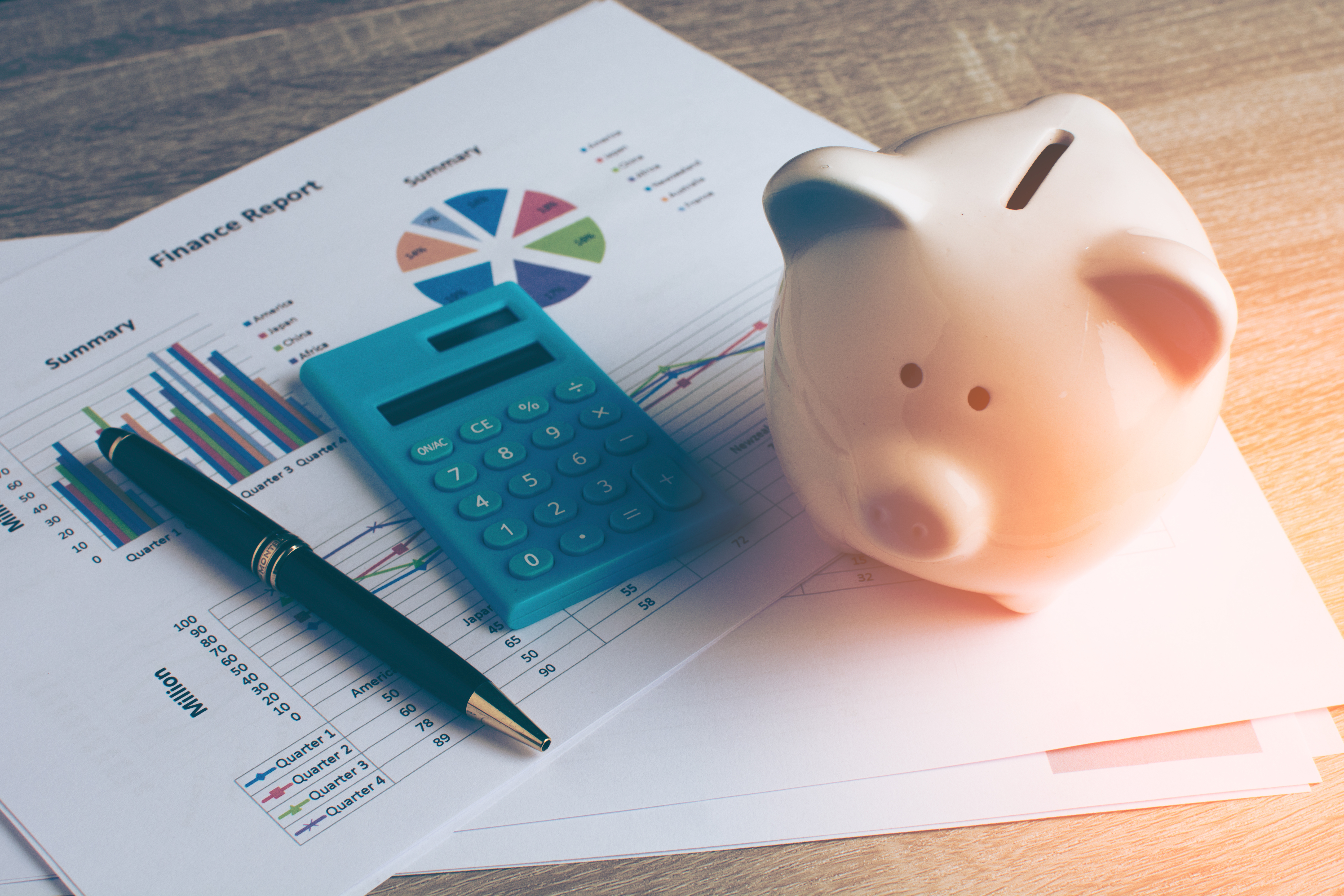
10 Reasons to Choose Property Investment 2023
Download Your FREE Guide to Why 2023 Is the Best Year to Invest in Property Now By submitting your details you agree to allow RWinvest
Yes, I said it… It’s time to talk about the dreaded stamp duty tax. Listen up if you’re a first-timer in the buy to let industry and want to learn about exactly how much you’ll be paying on your initial investment in property.
Stamp duty is a very complex tax with all sorts of bands, rates and exemptions. It’s easy to get bogged down and confused, not just about how much you’ll be paying, but when trying to decipher which category you fall into in the first place.
Everybody wants to know, ‘could I be exempt from stamp duty if it’s my first time investing?’. The answer is, technically — yes. The tax is not owed on student properties as they are purposely built for student accommodation. So, if your next investment is going to be in a trendy apartment in a development specifically prohibited to undergrad and postgrad tenants, you won’t have to pay any stamp duty.
If you’re taking the residential path however, the circumstances are a little different. Always remember the golden rule; you’re not considered a first-time buyer if you already own a main residence! As an investor, it’s likely that you’ll already own a flat or house. However, this means that despite embarking on your primary buy to let investment, you are not thought of as a first-timer any longer.
Plus, the policy for stamp duty states that even if you’ve never purchased a property (personal or buy to let), you will still have to pay stamp duty on your opening buy to let property investment.
The exemption up to £300,000 on property that so many are talking about is only applicable to those who are buying their first ever personal home or apartment. When I say personal, I mean a residential property that is not going to be let to an external tenant. Those stepping onto the property ladder won’t pay anything on the portion of a property up to £300,000, and will only pay a discounted rate of 5% on any portions thereafter until £500,000.
Unfortunately, this just isn’t the case in the buy to let industry. A key difference between standard and buy to let residential stamp duty is the first banding on which you’ll start to pay the tax. As mentioned, for standard properties, you don’t pay anything until after £300,000 if you’re a first-time buyer or £125,000 for additional property buyers, but you must pay stamp duty on any properties above £40,000 for buy to let.
Another major dissimilarity is that residential single property stamp duty is paid at a lower rate than buy to let. Don’t just assume that buy to let rates mirror the stamp duty tax rates for regular properties. You should expect a 3% increase on the basic rate across all tax bandings in buy to let.
This essentially means that, if you have never bought any kind of property before, and your buy to let investment is going to be below £40,000, you could be exempt from stamp duty tax as 0% is paid on £39,999.99 and under.
Luckily, many investment companies have comprehensive Stamp Duty Calculators that works out how much you’ll be paying based on what category you qualify and your property purchase price. Although, you should still consult an experienced legal agent when working out how much stamp duty you’ll have to pay on your first buy to let property, or any property for that matter.

Download Your FREE Guide to Why 2023 Is the Best Year to Invest in Property Now By submitting your details you agree to allow RWinvest

Interested in the growing property landscape in the UK, and perhaps looking into investing for 2020 and beyond? Here are some of the many reasons why

The internet can be an incredible resource for valuable and helpful investment guides and advice, not just for funny cat videos. Want to read some more into

As technology develops rapidly, the number of cameras on our smartphones seems to increase exponentially, and these devices also offer us more and more opportunity